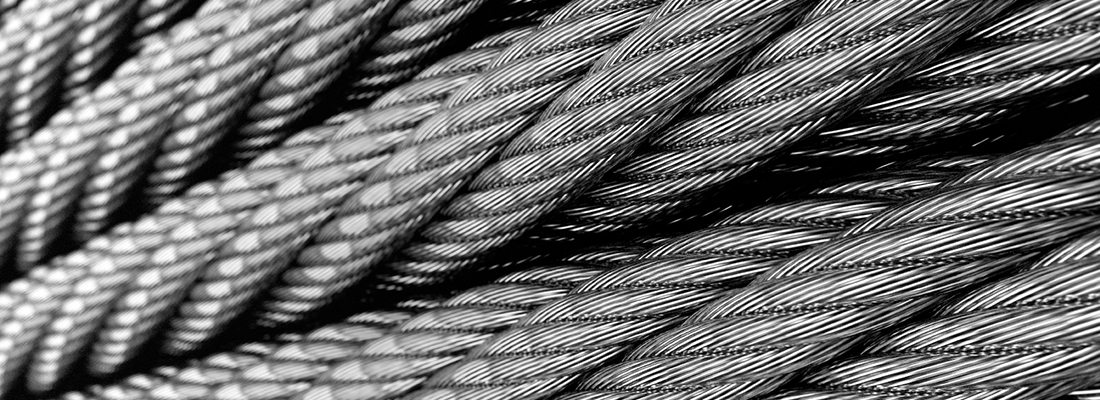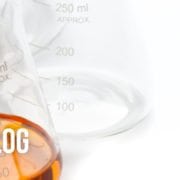Setting Wear Metal Flagging Limits

Our customers have a wide range of knowledge about fluid analysis. Many are new to the process and others have decades of experience. Some have even earned tribology certifications or degrees. Our Data Analysts end up talking to all of them, so we receive a wide variety of questions every day.
Occasionally, our experienced customers compare our test results to the wear metals flagging limits set by the original equipment manufacturers (OEMs) and we often get calls asking why we don’t follow the OEM’s recommended levels. Fortunately, this is an opportunity for us to explain the value of analysis from POLARIS Laboratories®.
We have analyzed millions of oil samples on most types of equipment, meaning we have a huge pool of data and customer feedback. We use that information to make sure our flagging limits won’t have customers perform maintenance too early or too late. Giving precise recommendations saves customers time, money, and effort, but we want to make sure that equipment is protected, too.
In addition to evaluating individual wear metals, the combinations of wear metals are also significant. Combinations of wear metals are significant because they may indicate a particular alloy, which is vital to understanding if a specific part is wearing – for example, elevated copper and tin would indicate a bronze part is wearing.
Many OEMs publish wear metal guidelines. These general guidelines may be a place to start to understanding fluid analysis reports, however they are not designed to be used as absolute values. To maximize the value of fluid analysis, a customer should expect a credible laboratory to have a comprehensive database, utilize statistical analysis to refine flagging limits, and have qualified Data Analysts to make appropriate maintenance and reliability recommendations.
For more information about how and why POLARIS Laboratories® adjusts flagging limits, download our new technical bulletin.
Proven Impact. Proven Uptime. Proven Savings.
Let us prove it to you.










